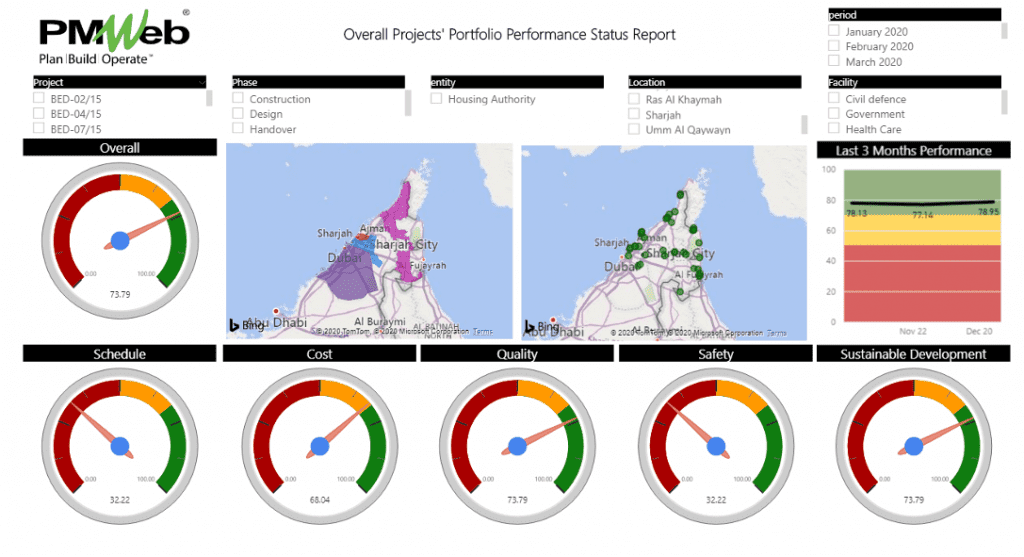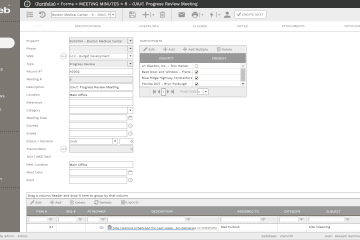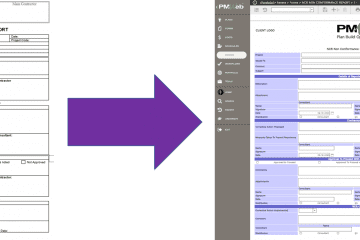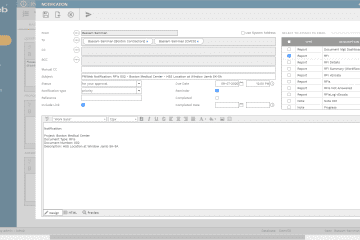On capital construction projects, it is common to see that the role growth path is to become a project control engineer before he/she gets promoted into project control systems manager and eventually plays a project manager’s role. The role growth will depend on the knowledge that a planning engineer can acquire on the different project management aspects that need to be planned, monitored, and controlled without, of course, excluding the obtaining of personal skills necessary for managerial roles.
On most capital construction projects, the planning engineers are usually the individuals assigned to manage the information technology requirements of a project. This is because a planning engineers will always need scheduling software like Primavera P6 and other applications, including the information technology (IT) infrastructure needed to manage, monitor, control, and report the project schedule performance and other related processes.
Nowadays, there is a growing trend among organizations to use a Project Management Information System (PMIS) like PMWeb to manage, monitor, evaluate and report the performance of the many project management processes needed to deliver a capital construction project. For example, those include the procedures for managing the project documents, communications, budget, risks, procurement, contracts, quality, health, and safety, including project schedule and scope. This represents a unique opportunity for planning engineers to grow their role. They are usually aware of the different project management processes that need to be implemented on capital construction projects. Also, they have the basic knowledge of information technology required to manage a PMIS.
One of the key advantages of using a PMIS like PMWeb is that it is one of the very few PMIS applications considered as Commercial-Off-The-Shelve (COTS) applications. Actually, and similar to Primavera P6, it takes no more than five days to complete the training on using PMWeb. Besides, PMWeb offering of more than 150 out of the box forms, reports, and dashboards that can be used as-is represents saving of hundreds of hours usually spent in designing forms, reports, and dashboards.
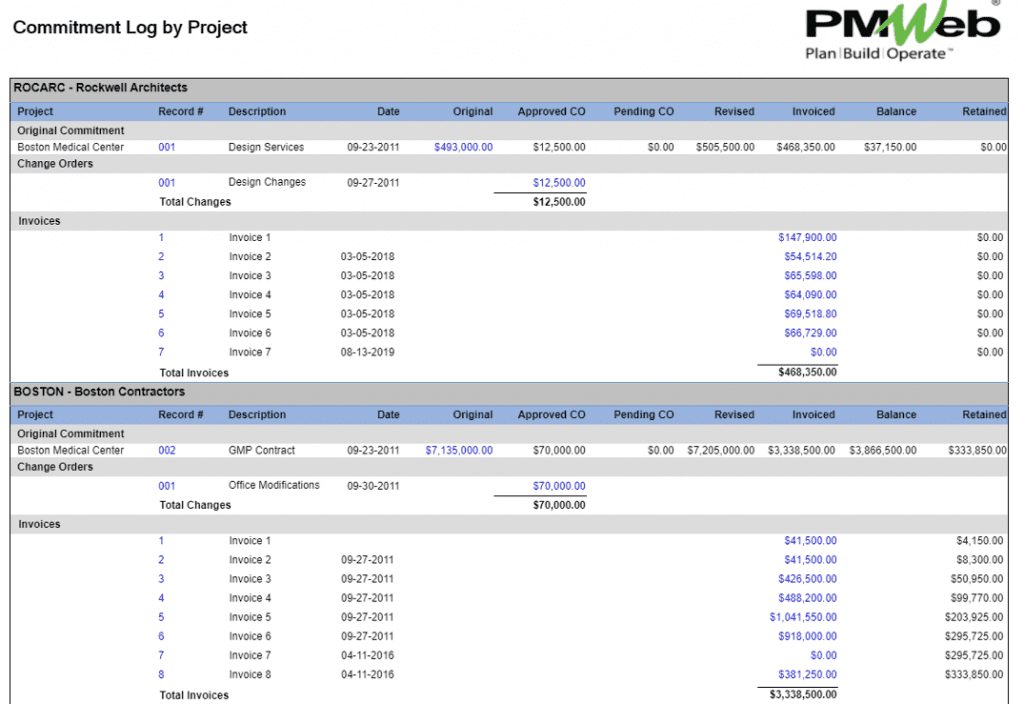
Of course, this does not mean that an organization cannot have its own branded forms, reports, and dashboards to meet its projects’ reporting requirements. The reporting requirements could differ from one task to another for some organizations depending on each project management plan. PMWeb comes ready with the business intelligence (BI) reporting tool to create all those customized forms, reports, and dashboards in any desired shape and format. PMWeb uses the Microsoft SQL Reporting Services as its BI reporting tool.
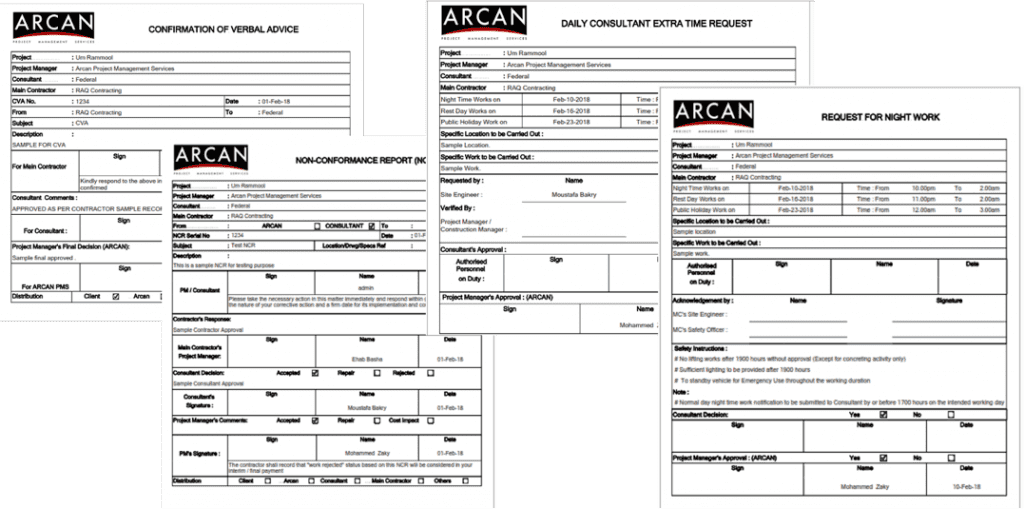
Another quick-adoption feature of PMWeb is that it comes ready with the input forms for most processes needed to manage a capital construction project. Those include, for example, Request for Information (RFI), safety incidents, meeting minutes, transmittals, daily reports, submittals, punch lists, contract documents register, correspondence, budget, budget adjustments, contracts, potential change orders, change orders, progress invoices, joint measurement report, risk register, timesheets, prequalification assessment, cost estimate, bid comparison among many others. All those default forms have the option to add new user-defined fields that could be specific to each organization.

Of course, no PMIS can have all the input forms needed to deliver a capital construction project. Sometimes projects have their unique requirements that could even mean that using one of PMWeb default input forms cannot suffice the requirements. Some projects might also require some of the input forms to be in languages other than the English language. Those could be Latin or non-Latin languages like Arabic. PMWeb custom form builder allows creating any new input form without any programming or coding knowledge. It is just making the fields and tables needed for the new forms and then visually design the input form layout format with the desired branding.
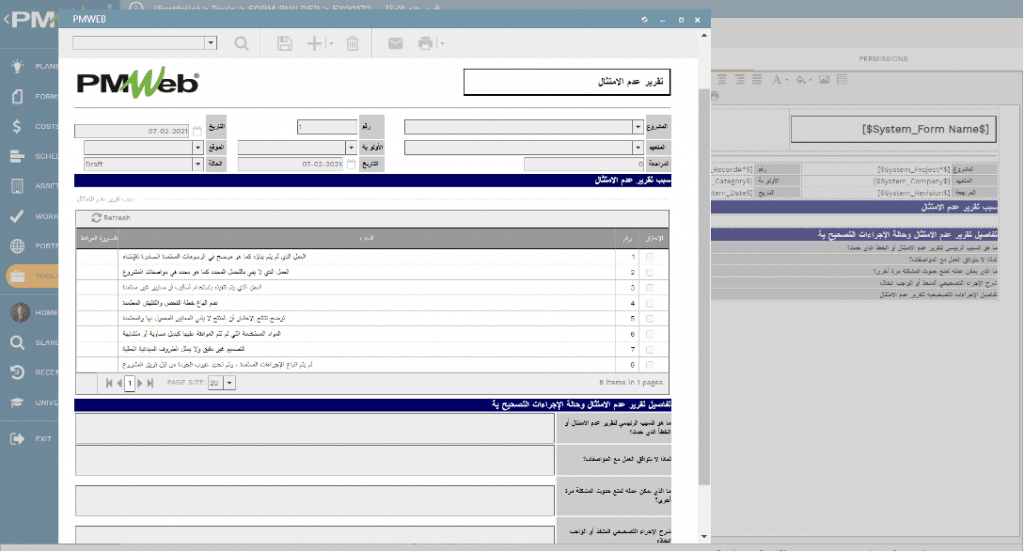
Of the PMIS’s primary objectives when it is used on capital construction projects is how to enforce transparency and accountability when it comes to managing the different project management processes. PMWeb workflow will map the tasks assigned to submit, review and approve for each form. For each task, PMWeb will define the accountable team member and those to be kept informed, duration to complete each, actions available, and instructions. In addition, PMWeb allows adding the conditions to enforce the approval authority levels that are usually assigned to commercial processes, among others.
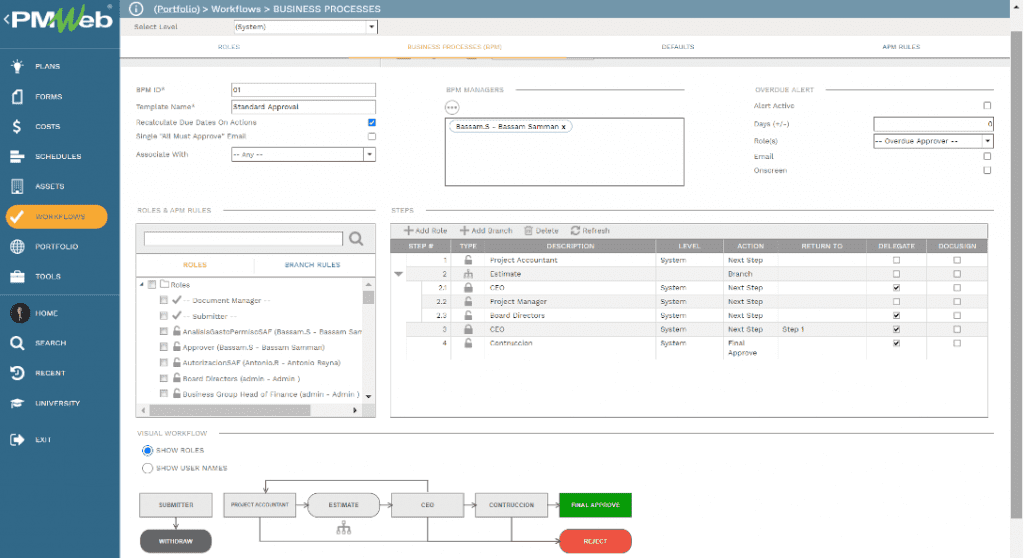
One of the PMIS requirements is to eliminate the need to have multiple data silos to capture project information and documents. Therefore, the PMWeb document management repository provides the platform for document controllers and project team members to upload and store project documents. Those documents will also become available to be attached to the default input forms as well as the input forms created using the custom form builder to provide all supportive and relevant documents for each transaction of a given project management process.
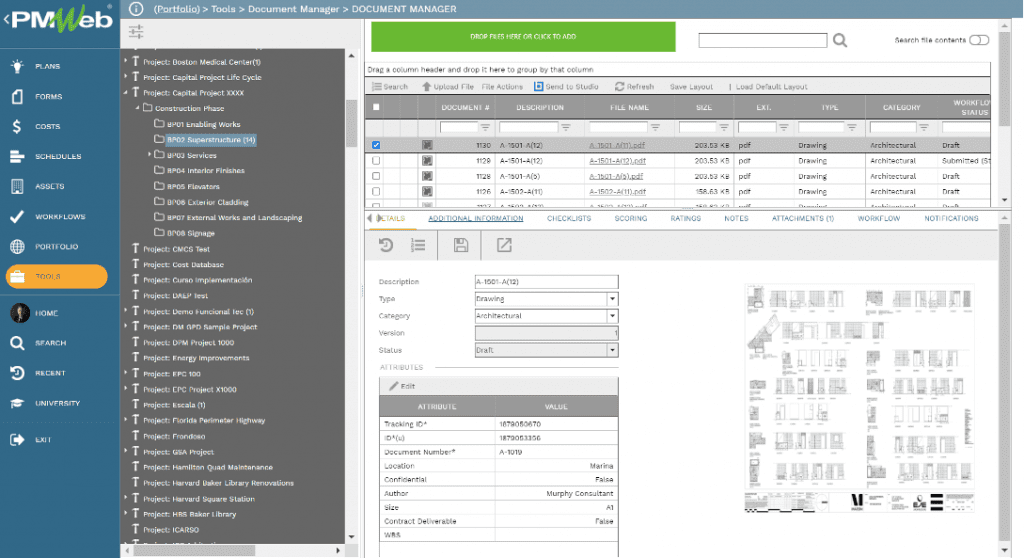
For planning engineers, having reliable real-time data for all project management processes captured in PMWeb will save his/her effort to generate, review, and approve the many reports that will usually accompany the monthly project schedule update submissions. Those reports typically include the registers for Request for Information, Non-Compliance Reports, Submittals, Procurement, among others. Those reports will become readily available as long as the process is being managed in PMWeb.
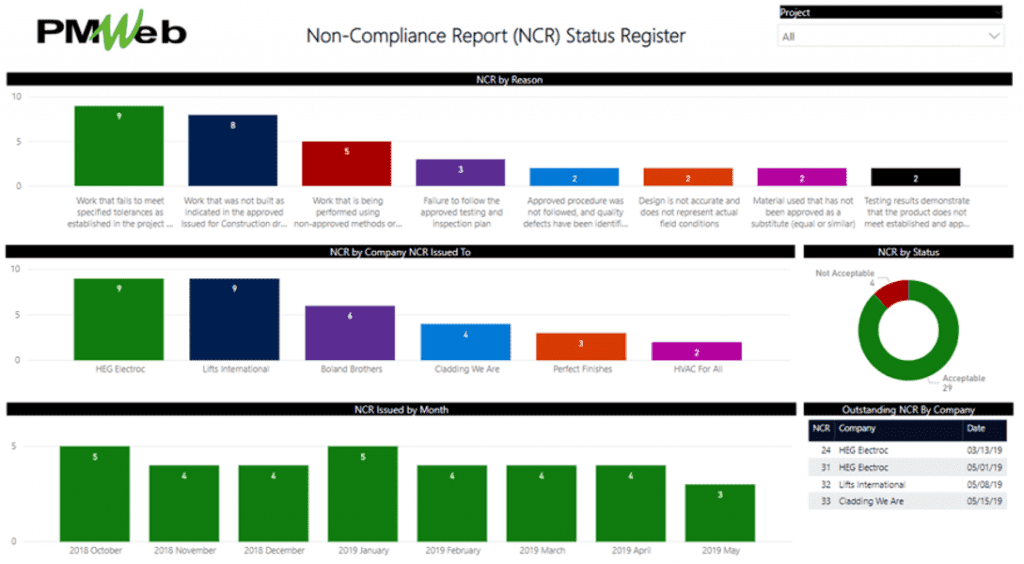
PMWeb will also enable the planning engineers to manage, monitor, evaluate and report the necessary processes to fulfill his/her job responsibilities. For example, those could include the procedures for submitting the integrated baseline schedule, monthly periodical updates, EOT requests, time impact analysis, planning, scheduling meeting minutes, etc. Similar to other managed processes, the planning engineers can have the input-form, attach all supportive documents, assign a workflow, design an output form and design a report register or log.
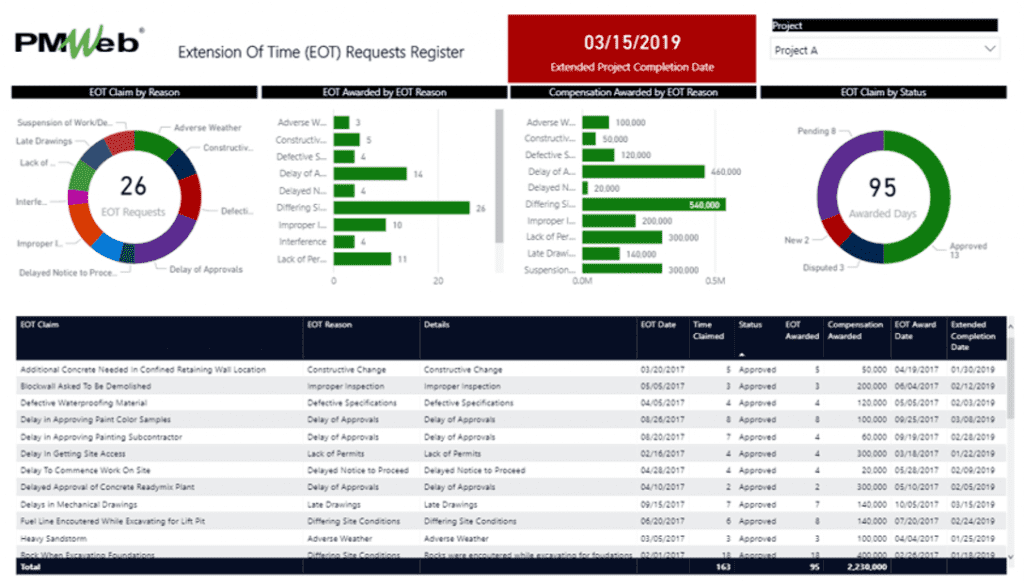
Another advantage of having all project management process data captured on the same database repository is that the planning engineers can associate this data with project schedule data to provide the analysis that could be needed. For example, with the daily report data captured in PMWeb, the planning engineers can run accurate resources productivity reports to calculate the information for lost productivity analysis.
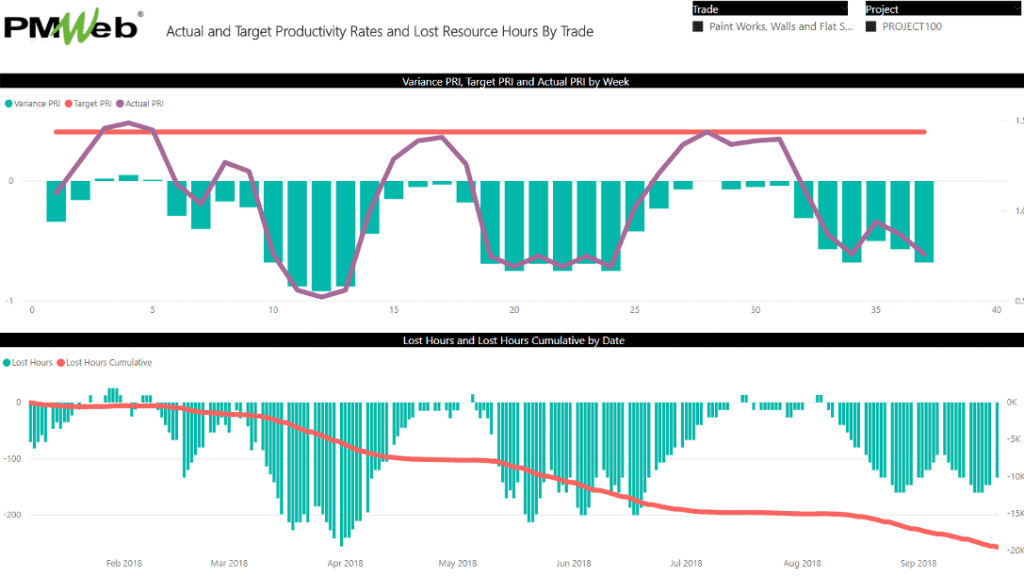
The association of project data is not limited to the data captured in PMWeb. It could also include associating PMWeb data with other data sources, such as the building information model (BIM) data. Using particular applications like Blogic Vcad, MS Power BI business intelligence application can provide better visualization of the captured project’s data. For example, the planning engineers can use the BIM model to display disruption events that could have a time impact on the project’s schedule. Other examples of BIM and PMWeb data association could be to associate Request for Information, Submittal, Safety Incidents, Permits to Work data with the BIM model.
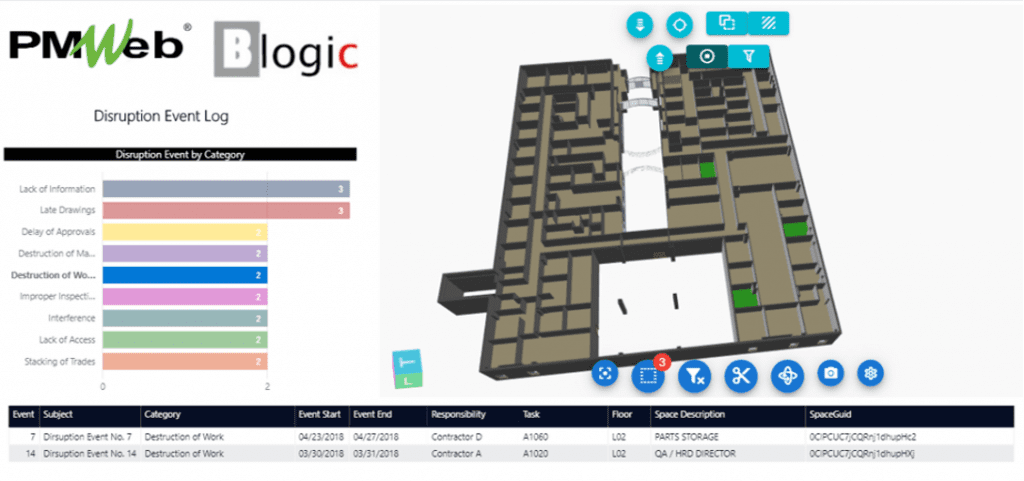
With the different project management processes data being captured in PMWeb, dashboards for each project management aspect can be created. For example, there could be unique dashboards for procurement, commercial, quality, health and safety, risk and issues, sustainability, document management, and of course, scheduling. The dashboards could include tabular and visual information of the reported processes. Those dashboards will be usually designed to allow the reader to drill down to the register of each documented process to review additional information when needed.
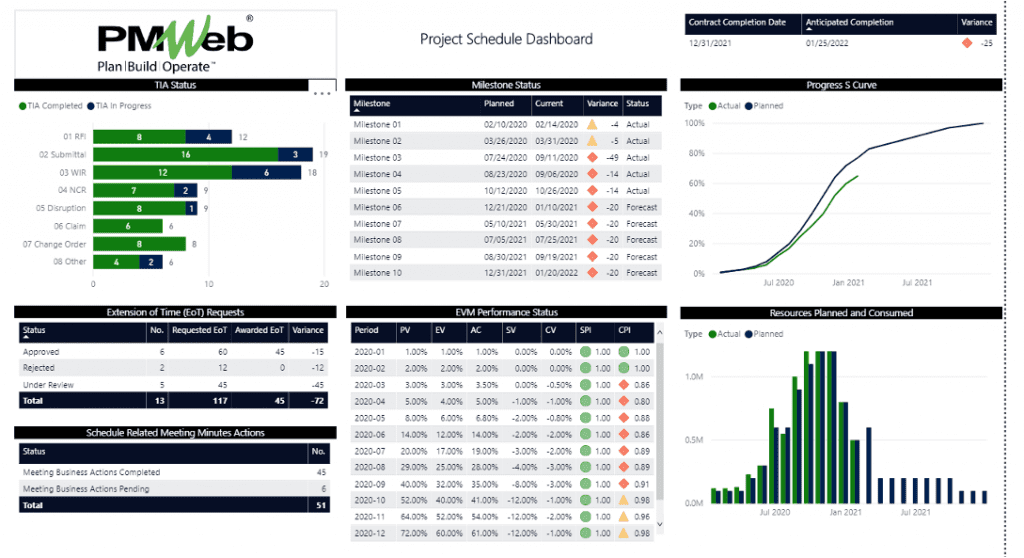
Also, the wealth of the trust-worthy and real-time data captured in PMWeb will create a dashboard to summarize the overall project performance. This dashboard will provide a single version of the truth on all managed project processes. Those will include schedule, cost, procurement, contract, risks, quality, document, health, and safety, among other strategies. The planning engineers might be required to provide the project’s progress narrative, which will be displayed on the same project’s performance dashboard.
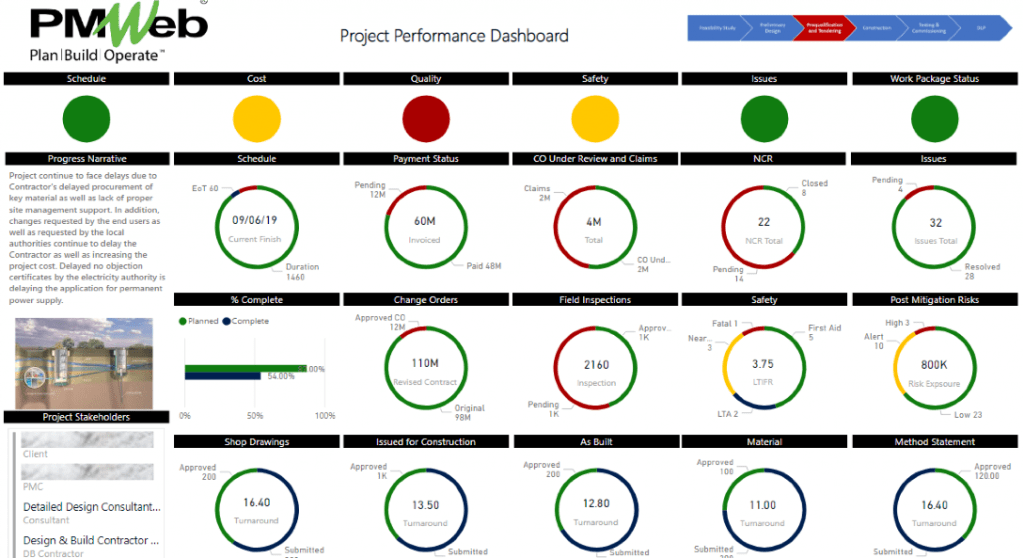
The benefits of having a PMIS like PMWeb do not end here. If the planning engineer was involved in delivering a program of projects, then PMWeb also provides the option to create a program dashboard. The displayed dashboard below provides an example of a railway program that will involve a different project for each segment. The dashboard provides the overall status of each project that is part of the program. Similar dashboards could be created for other infrastructure projects and building projects like a university campus, medical city, etc. Usually, the program dashboard will include a map to display the boundaries of the different projects.
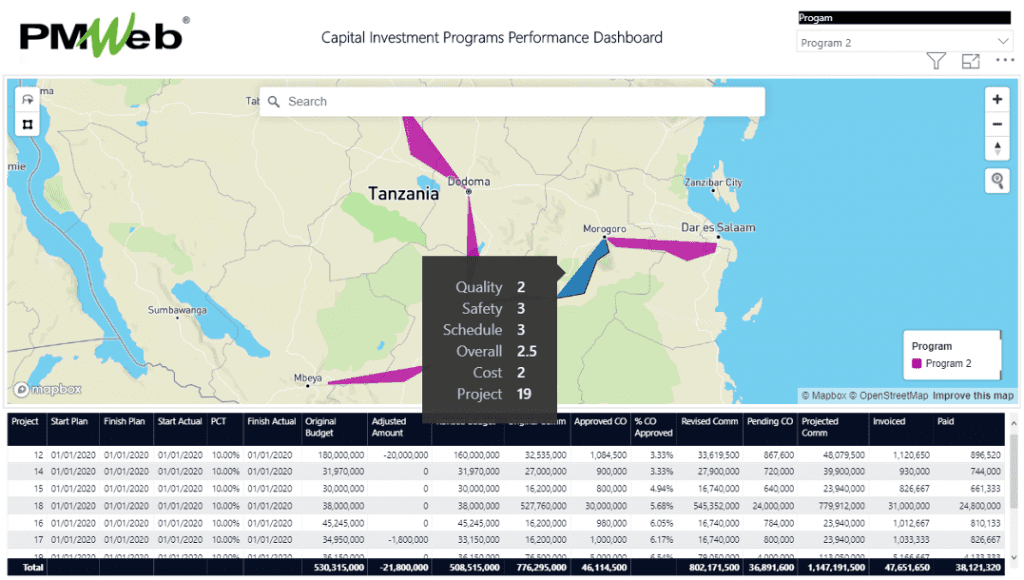
Further, suppose the planning engineers are given the right authorization to access other projects’ data. In that case, PMWeb will enable him/her to create an enterprise dashboard to report on the performance of the complete or part of the entire projects’ portfolio that an organization could have. The enterprise dashboard could include maps to show the locations of managed projects as well as gauges to summarize the performance of the selected projects’ portfolio for each of the objectives of successful projects delivery.
